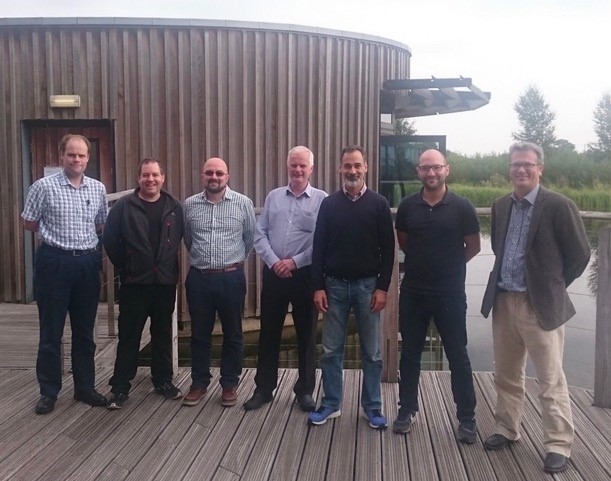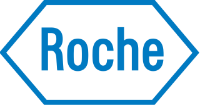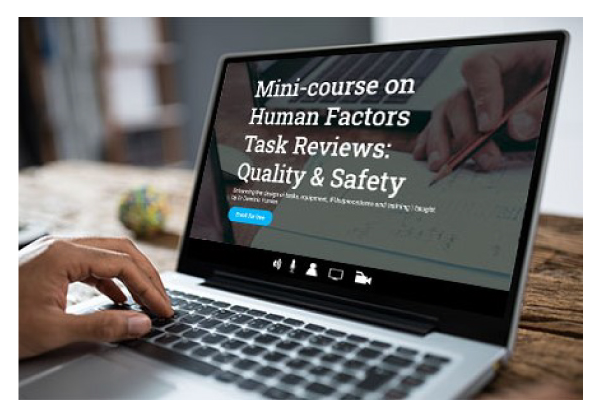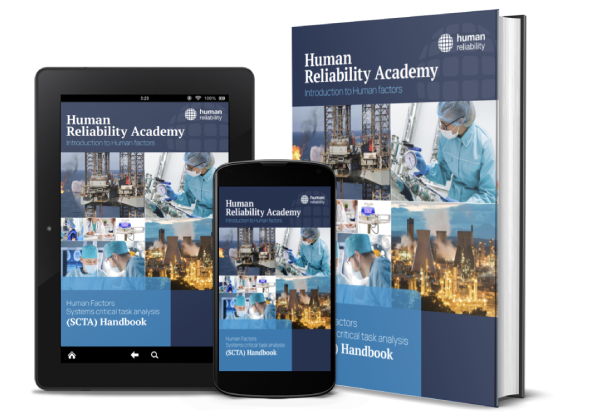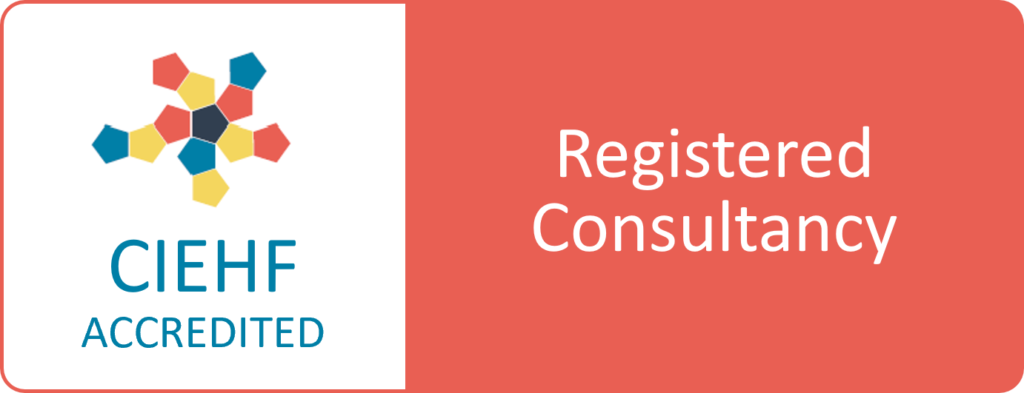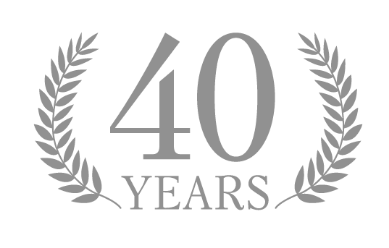Background: A recent report estimates that as many as 237 million medication errors occur in England every year, and that these cause over 700 deaths (Elliott et al., 2018). Previous studies have shown that the probability of making at least one error in intravenous (IV) medication and administration is around 0.73 (so approximately only 1 in 4 IV medications are given without any errors), and that medication administration errors were five times more likely in IV doses than in non-IV does (McDowell et al., 2010, McLeod et al., 2013). Hence, IV infusion errors are a considerable burden to patients and the health system.
The move towards increasingly automated and ultimately autonomous IV medication management systems might hold promise in reducing the IV medication error rate. However, fully automated and autonomous systems that are able to learn without human intervention are relatively recent phenomena in healthcare, and significant questions remain: what safety assurance do patients require? What safety assurance do healthcare professionals and other stakeholders require? How well are current safety assurance methods suited for evaluating autonomous IV medication management systems? Can these methods form the basis for assurance strategies capable of satisfying the assurance needs of the stakeholders?
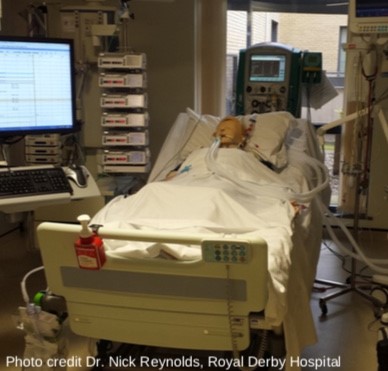
Research question: What are the safety assurance requirements and feasible safety assurance strategies for autonomous intravenous medication management systems?
The main research question is broken down into three more specific research questions:
- RQ1: What do we know from the published literature about stakeholder perceptions of the safety of automated and autonomous intravenous medication management systems?
- RQ2: What are stakeholders’ safety assurance requirements in the context of autonomous intravenous medication management systems.
- RQ3: What are strengths and weaknesses of common safety assurance methods for meeting the stakeholder safety assurance needs?
Outcomes:
Qualitative outcomes are stakeholder perceptions and safety assurance needs, and preliminary hazard analysis and safety assurance argument for an example IV medication management system at different levels of automation / autonomy.
Research design:
This is a mixed-methods research design consisting of (a) systematic review of primary research evidence, (b) qualitative analysis of stakeholder perceptions, and (c) case study.
Dissemination and exploitation:
We will hold an engagement event with stakeholders. We will produce a detailed project report, and academic publications. We will contribute the worked up case study to other programme activities. We will seek additional funding for subsequent development and evaluation activities.
Funding and collaboration:
The study is a collaboraton between HRA, the University Hospitals of Derby and Burton NHS Foundation Trust and NHS Digital. The study is funded under the Assuring Autonomy International Programme, managed by the University of York with financial support from the Lloyds Register Foundation.
For further details please contact Dr Mark Sujan on LinkedIn https://www.linkedin.com/in/mark-sujan/
